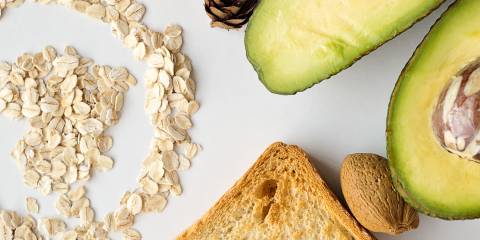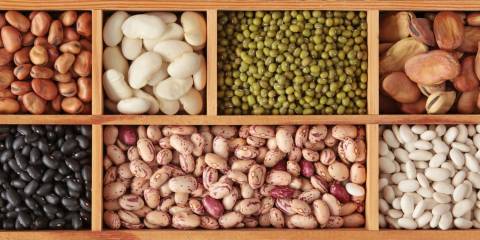People have used cherries for medicinal reasons for centuries.
Ojibwa Indians used the bark and the root of wild cherry to treat coughs and colds and to ease stomach pain. The MicMac used black cherries as a curative tonic. Tea made from cherry stalks was thought to cure kidney diseases and was also used as an anti-inflammatory.
Cherries have been growing in American soil since 1629, shortly after the first Pilgrims arrived with seeds from Europe. Today, cherries are riding a wave of popularity as science finds them rich in antioxidants, particularly anthocyanins.
Health Benefits of Cherries
Most of the recent research pertains to the sour or tart cherries commonly used in pies or enjoyed fresh in season. Research shows that the fruit may be useful in fighting cancer and is also high in anti-inflammatories that are effective in treating arthritis and gout.
Experimental evidence links anthocyanins in cherries with slower colon cancer cell growth. Researchers at Michigan State University find that the 17 antioxidant compounds found in cherries may be 10 times stronger pain relievers than ibuprofen or aspirin!
Low in calories (just 78 calories per cup for sour cherries; 104 calories for sweet cherries), fat free, cholesterol free, and low in sodium, cherries are also a great source of fiber. They’re high in potassium as well as vitamins A and C.
Russel J. Reiter, PhD, at the University of Texas reports that Montmorency (tart) cherries contain high levels of melatonin, a natural sleep aid. Consuming a tart cherry juice concentrate can increase a person's melatonin levels—and improve sleep duration. These same cherries have an ORAC (oxygen radical absorption capacity) rating seven times the amount found in red grapes.
With Cherries: the Darker, the Better
Color is a good way to judge phytonutrient content in cherries, and sour varieties are higher in antioxidants.
Here are some varieties to look for when this fruit comes into season in the spring:
- Balaton is a deep burgundy cherry with a sweet-tart flavor.
- Bing cherries, developed in Oregon, are big and round with extra sweetness.
- Lambert, similar in texture and taste to Bing, is small and heart-shaped.
- Montmorency, a sour cherry that is often frozen, is smaller than sweet cherries, bright red in color, and popular in pies.
- Morello, useful for cooking as well as eating, has deep red flesh and dark juice.
Tips for Using Cherries
Enjoy fresh cherries in season. To pit, halve with a sharp paring knife or invest in an inexpensive pitter. Freeze leftovers for later use.
But while you can buy fresh, seasonal fruit, try these additional ways to use cherries. Add pitted cherries to salad greens, along with nuts and thinly sliced red onions.
Sprinkle chopped sweet cherries over plain or frozen yogurt.
Replace red wine with cherry juice in sangria and spritzers.
Alternate pitted cherries with melon cubes on skewers for a healthy snack.
Use cherry juice as the acid part of salad dressings.



